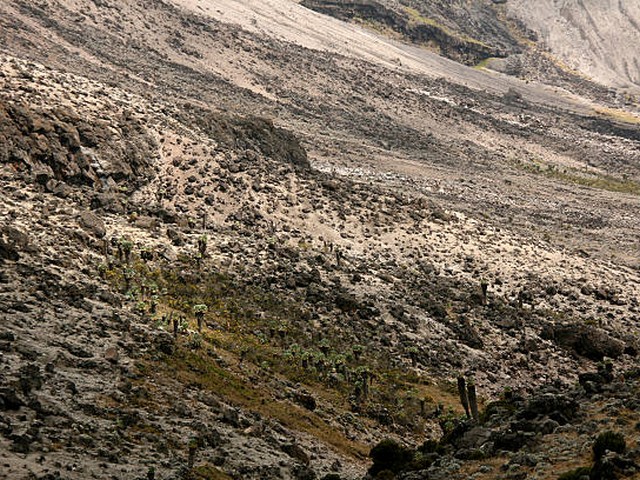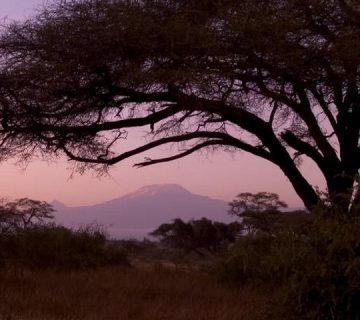Capturing Kilimanjaro’s Glaciers: Photography Tips from KCTE
Mount Kilimanjaro, a sky-piercing sentinel standing tall at the heart of Tanzania, is more than just a mountain. It is a canvas, displaying one of the world’s most awe-inspiring geological features – its rapidly retreating glaciers. With its snow-capped summit and ethereal glaciers, Kilimanjaro draws not just trekkers and adventurers but also passionate photographers eager to capture its vanishing icy beauty. At Kilimanjaro Centre For Trekking and Ecotourism (KCTE), we understand the magnetic pull Kilimanjaro exerts on the photographer’s soul. Today, we share invaluable tips and insights to help you immortalize the majesty of Kilimanjaro’s glaciers through your lens.
The Art of Mountain Photography on Kilimanjaro
Understanding Your Subject: Kilimanjaro’s Glacial Phenomena
Kilimanjaro is not only Africa’s tallest peak but also home to some of the continent’s last glaciers. These icy giants, such as the famous Furtwängler Glacier, offer a stark, striking contrast against the rugged terrain and soft alpenglow. Understanding the nature of these glacial formations and their significance enhances your photographs, embedding them with a story and a soul.
Best Time for Photography on Kilimanjaro
Timing is crucial when it comes to glacier photography. The best months for clear skies and optimal weather on Kilimanjaro are from late June to October and from late December to early March. Sunrise and sunset provide dramatic lighting, essential for that perfect glacier shot with golden hues contrasting with the white ice.
Essential Photography Gear for Kilimanjaro
Embarking on a photography journey up Kilimanjaro requires not just skill but also the right equipment. Here’s what you should pack:
- DSLR or Mirrorless Camera: High resolution and manual settings are key.
- Variety of Lenses: A wide-angle lens for landscapes and a telephoto lens for close-ups of the glacier’s details.
- Tripod: For those early mornings or late evenings when you need stability for long exposures.
- Multiple Batteries and Memory Cards: Cold conditions drain batteries faster, and running out of storage is a no-go.
- Polarizing Filter: Enhance the blues of the sky and manage reflections off the ice.
Protecting Your Equipment
The alpine environment of Kilimanjaro is harsh. Protecting your camera equipment from cold, dust, and moisture is imperative. Use insulated camera bags, keep silica gel sachets to absorb moisture, and never change lenses in windy conditions.
Photography Techniques for Capturing Glaciers
Glacier photography on Kilimanjaro is both challenging and rewarding. Here are some techniques to master:
- Play with Perspectives: Get low to show the scale of the glaciers against the vast skies or climb higher to capture a panoramic view of the ice against the mountain.
- Time-lapse Photography: Show the movement of clouds around the summit or the subtle changes in the glacier’s form.
- HDR Imaging: Handle tricky lighting conditions by merging multiple exposures to highlight the deep crevasses and bright ice.
Ethical Photography Practices on Kilimanjaro
Photography goes hand in hand with responsibility. At KCTE, we advocate for:
- Leave No Trace: Be mindful of the environment, keeping to pathways and carrying out everything you bring in.
- Respect Local Customs and Communities: Always ask for permission before photographing local people or sacred sites.
Joining a Photography Tour with KCTE
At Kilimanjaro Centre For Trekking and Ecotourism, we tailor specialized photography tours that not only promise adventure but also ensure that you come back with stunning images and a deep respect for this majestic mountain. Our guides are trained to assist photographers in capturing the best shots, considering both safety and environmental impact.
Why Book Your Climb with KCTE?
- Expert Guides: Our guides are experienced in both trekking and high-altitude photography.
- Customizable Itineraries: We adjust our pace to match your photography needs, ensuring ample time for you to capture the perfect shot.
- Conservation Efforts: Being part of our tours supports local conservation efforts, helping preserve Kilimanjaro’s beauty for future generations.
FAQs: Capturing Kilimanjaro’s Glaciers
Q: What is the best route for photography on Kilimanjaro?
A: The Lemosho and Machame routes offer stunning scenic vistas and diverse landscapes, providing multiple opportunities for glacier photography.
Q: How physically prepared should I be?
A: Kilimanjaro is a challenging climb, and good physical health is crucial. Additionally, carrying photography equipment requires extra stamina and strength.
Q: Can I rent photography equipment from KCTE?
A: Yes, we offer rental services for certain photography equipment. However, we recommend bringing your own gear to ensure familiarity and reliability.
Q: What if I am new to high-altitude photography?
A: KCTE provides pre-climb workshops covering essential skills and techniques for high-altitude photography, helping you make the most of your photographic expedition.
Capture the Disappearing Glaciers of Kilimanjaro
As the glaciers of Kilimanjaro retreat, the urgency to document their ethereal beauty grows. Join us at Kilimanjaro Centre For Trekking and Ecotourism to embark on a photographic journey of a lifetime. Not only will you return with exceptional captures, but you’ll also contribute to the preservation efforts of this majestic mountain. Book your climb now and turn your lens towards the towering glaciers of Kilimanjaro, crafting images that tell a story of beauty, challenge, and change.




